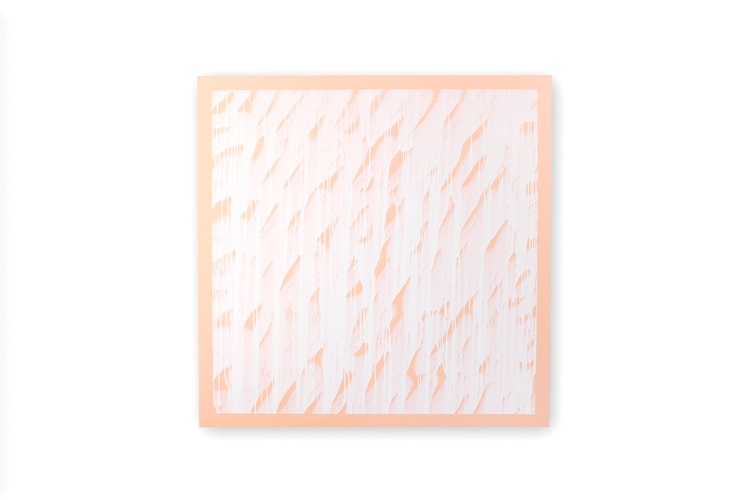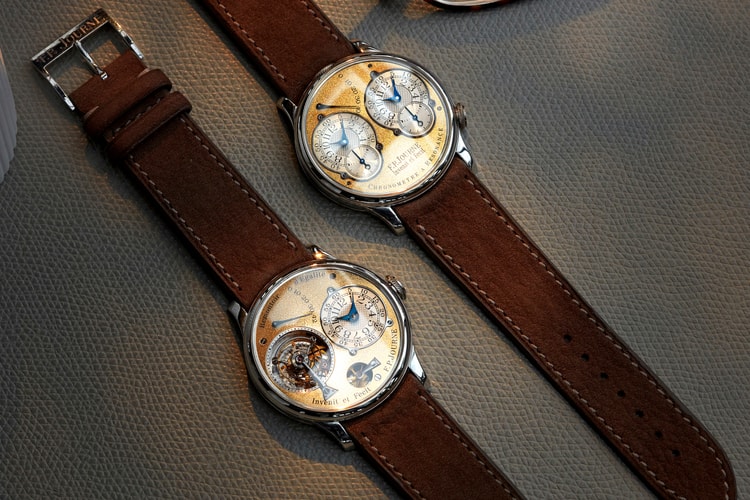Scientist Discovers Hidden Drawing Beneath the 'Mona Lisa'
Portraying an “unreal woman, like a goddess.”
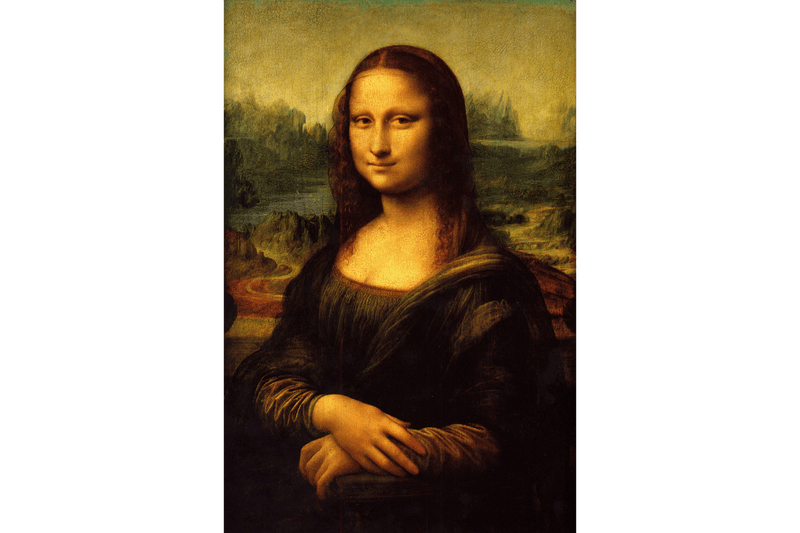
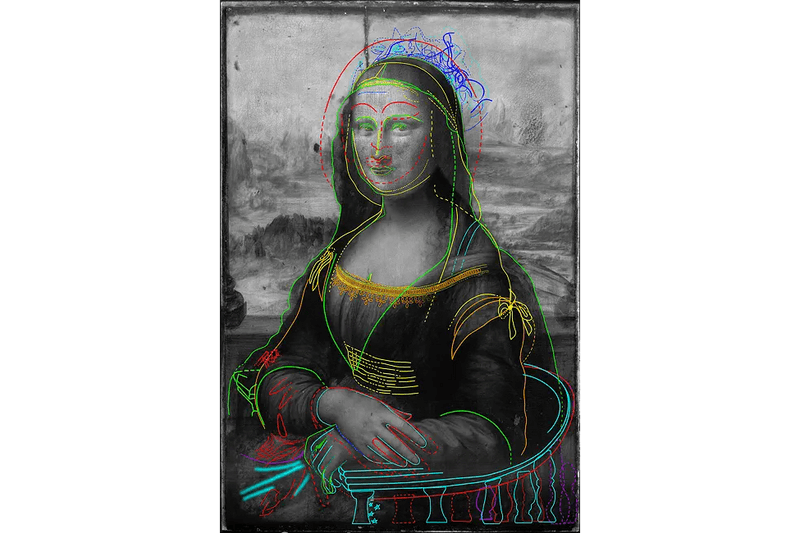
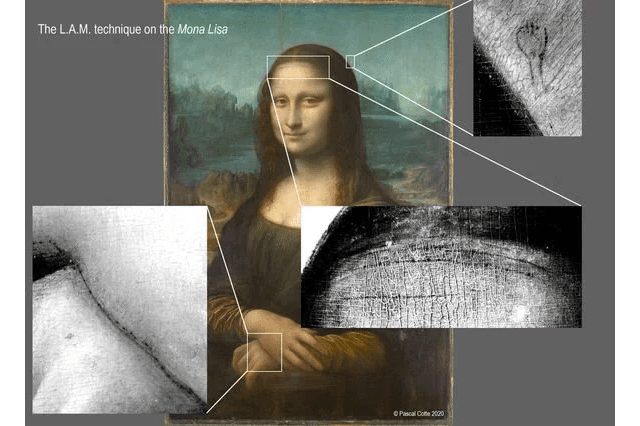
Leonardo da Vinci’s Mona Lisa continues to fascinate art observers with its compositional secrets. Recently, a scientist by the name of Pascal Cotte discovered a never-before-seen sketch beneath the masterpiece. Cotte has studied the Mona Lisa for over 15 years, having begun his research in 2004 when the Louvre allowed him to take photographic scans of the work. “The Louvre invited me because I am the inventor of a new very high-resolution, highly sensitive multispectral camera,” Cotte told Artnet News.
Cotte has examined roughly 1,650 images of the portrait. His findings were published in the Journal of Cultural Heritage back in August 2020. The scientist developed a high-tech device called the Lumiere Technology camera which utilizes the layer amplification method or LAM to detect light reflected on 13 wavelengths. The groundbreaking scanning techniques expands upon the abilities of infrared photography, which allowed researchers to closely analyze the smallest details hidden underneath a painting.
More precisely, Cotte’s camera detected underlying charcoal lines in the lighter areas of the painting through a combination of near-infrared photography and infrared reflectography. “The optical system allows us to see very fine details and the high sensitivity allows a very high amplification of low signal,” he said. “The spolvero on the forehead and on the hand betrays a complete underdrawing.”
The spolvero transfer, also known as “pouncing,” is an early technique used to transfer the preliminary sketches of a composition onto the canvas. The artist would initially create holes along the silhouette of the sketch. Then, the artist would place the drawing across the canvas and dust a fine powder of charcoal or clay through the holes to note the outlines. Cotte’s study of the Mona Lisa marks the first time a spolvero has been detected in the legendary work which is evidence that da Vinci created an initial sketch of the famous portrait before painting it.
The drawing also portrays an entirely different subject of the Mona Lisa than its final composition. Moreover, Cotte’s examination also unveiled charcoal underlines depicting a hairpin that was drawn above the woman’s head. This hairstyle was uncommon in Florence, Italy at the time where da Vinci painted the renowned work — suggesting that the artist’s original subject could’ve been an allegorical figure or portrayal of an “unreal woman, like a goddess,” explained Cotte.
“People had to be dressed in certain ways to denote their profession and for nobility respecting the colors,”said Cotte. “It is not possible for Mona Lisa to have hair like this, it was impossible of the time in the city of Florence.”
Read Cotte’s findings in the Journal of Cultural Heritage here and let us know your thoughts on the discovery below.





